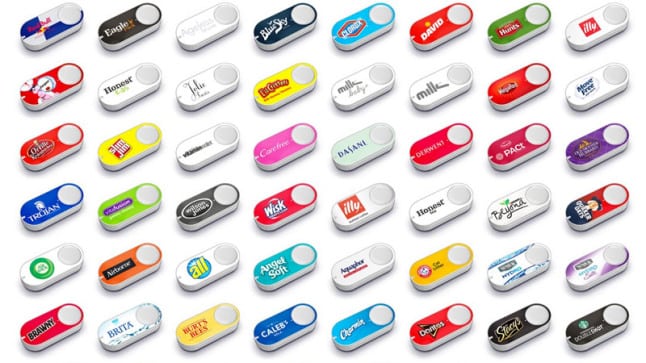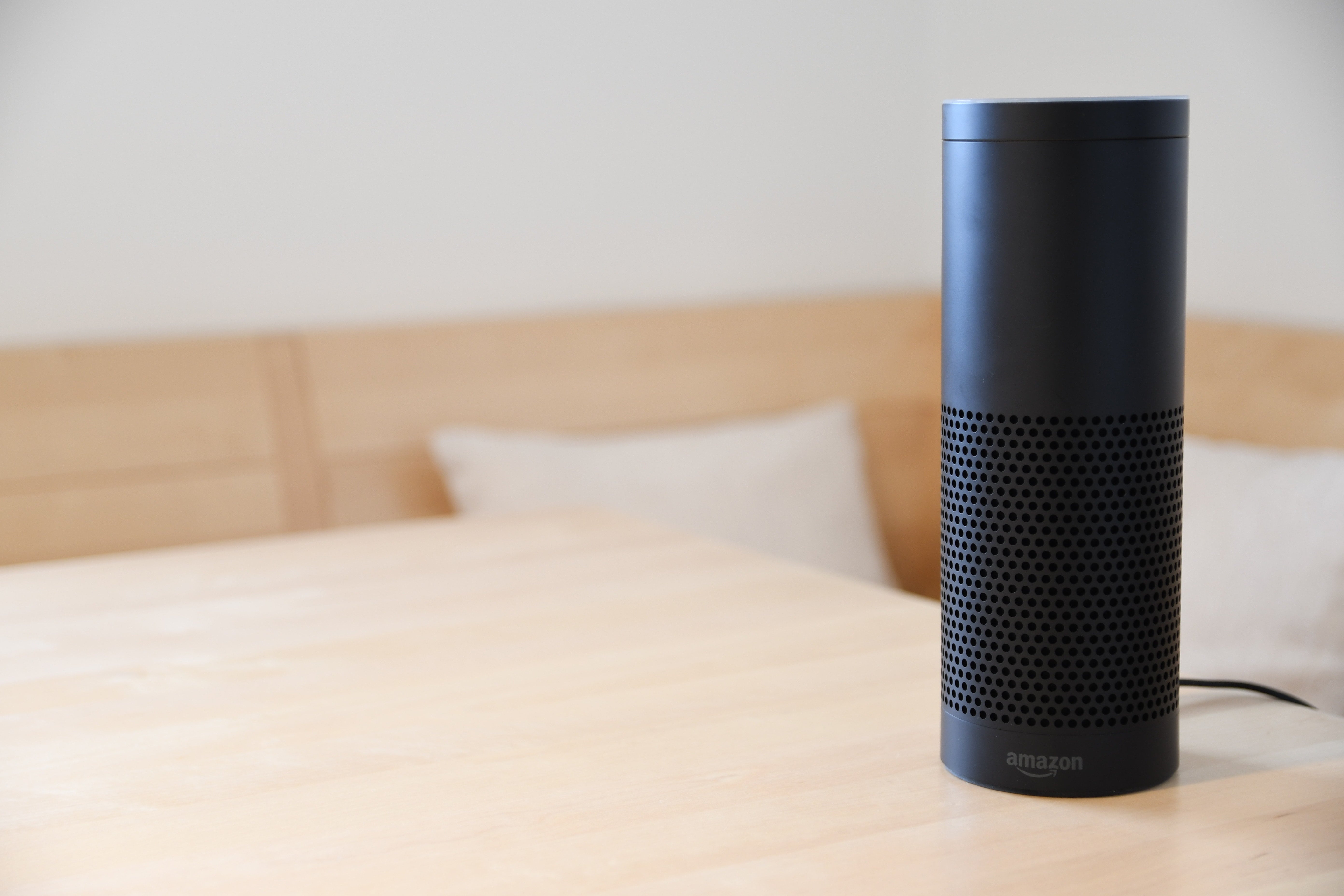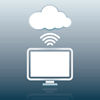The Internet of Useful Things
IoT technology has enabled life-changing innovations in medicine, security, transportation, and communication. But it’s also unleashed a wave of unnecessary or downright goofy devices. Are we in the Age of Wisdom or the Age of Foolishness?
There is little doubt that the Internet has had a huge impact on our daily life. Some have even compared the introduction of the Internet to the disruption created by the moveable type printing press. Both have expanded the expression of ideas and information available to the masses and changed the trajectory of civilization.
The invention of the printing press enabled the creation and distribution of serious works of literature as well as not-so-valuable supermarket tabloids. Similarly, the Internet has spawned a universe of incredibly useful applications as well as ones that seek to fill a limited need or one that doesn’t exist. Some of these frivolous applications seem to be based on the “just because we can” premise where automating a function may demand more time and effort than doing the task manually. Early technology adopters are often a prime target for these devices.
In addition to a universe of inane websites that allow users to view photos of grumpy cats or explore the latest conspiracy theory, entirely new generations of useless devices are plying the market. Take for example the “smart” toilet paper dispenser that alerts you when a roll is about to run out. How about a water bottle that reminds you to remain hydrated? There’s also a “smart fork” that vibrates when it senses you are eating too fast.
The smart phone has become the universal device for life management.
Dog lovers can monitor their pets and listen for barking on their smart phone and even toss them a treat remotely.

Today, we have the Amazon Dash button that orders a variety of replacement products whenever you push the button. An inquisitive child could quickly set you up with a lifetime supply of soap.

Other applications attract those who seek to manage their world with the least possible degree of personal exertion. How about a $250 WiFi-connected cookie oven that bakes a total of four cookies from each pre-packaged cookie pod? If you have interest in viewing the inside of your mouth while it’s being cleaned, a smart toothbrush sends live video images to your smartphone.

An IoT egg container sends an alert when you are about to run out of eggs and an LED indicates which eggs are nearing their expiration dates.
Access to crowdfunding has enabled way too many of these resource-consuming devices. The list goes on, making one wonder if the power of the Internet is being squandered on these trivial applications.
At the same time, many other Internet applications have brought incredible value to consumers and businesses. Instant fingertip access to billions of pages of information has transformed our ability to make informed decisions. Global commerce has increased logarithmically, opening new markets while challenging businesses to compete in an entirely new environment. The introduction of social media platforms such as Facebook and Twitter have forever altered the way we communicate. As with all game-changing innovations, there are often unanticipated positive and negative aspects that result.
E-mail continues to replace traditional “snail mail,” frustrating our postal service. The internet has enabled the proliferation of fake news, cybercrime, identify theft, and loss of personal privacy. Malicious hacking of our military defenses, infrastructure, and utility distribution systems have become serious national security concerns.

As the Internet matures, the 20+ billion connected devices are expected to bring some vitally useful functions to the average consumer. Wireless medical monitoring devices can already track 24/7 pulse, blood pressure, and a host of metabolic functions over extended periods. The resulting data is far more useful than data generated by brief hospital tests. A hearing aid that dynamically adjusts to ambient noise conditions while continuously monitoring multiple vital functions is also available. Systems that provide enhanced home security are relatively affordable, easy to set up, and immediately detect fire, water, and intrusion while adjusting temperature, lighting, and entertainment to individual preferences.
As useful IoT devices become even more omnipresent, users will balance gained value against cost and potential loss of privacy; a discussion that has already begun with the introduction of personal virtual assistants such as the Amazon Echo and Google Home.

Forecasters anticipate that internet-connected devices designed for wearables, smart city, smart farm, smart factory, and smart grid, as well as connected autonomous transportation, will become integral to almost every aspect of our existence. Rather than simply replacing workers, next-generation automation will be focused more on augmenting human skills and capabilities that produce better and more efficient results.
The infrastructure necessary to support this explosion of connectivity will present exceptional opportunities for all types of data transmission equipment. Resulting demand for high-performance and high-density interconnects will have a significant impact on the electronic connector industry.
Billions of consumer-connected devices will likely push network computational nodes away from the core and closer to the actual application. This will allow the core to concentrate on heavy computation, while reducing latency from the edge. Many new applications will integrate a wireless link, opening opportunities for miniature flat cable and RF interconnects as well as printed and etched antennas. Mobile devices that range from robots to medical monitoring equipment will require a variety of advanced sensors, a product segment several connector manufacturers are expanding.

Data centers will continue to proliferate and upgrade with ever-higher-speed servers, switches, and routers. Demand for high-speed backplane, mezzanine, and I/O connectors will continue to grow.
The launch of 5G cellular with its advantages of 10X speed, capacity, density, coverage, and reduced latency will introduce a viable alternative to broadband service. Global implementation of 5G will require a huge hardware upgrade of the existing cellular system.
We are at the dawn of incredible new technologies that offer potential for extraordinary good as well as harm. It is amazing to me that the lines from Charles Dickens’ novel, “A Tale of Two Cities,” written in 1859, are so applicable to our world today:
“It was the best of times, it was the worst of times, it was the age of wisdom, it was the age of foolishness, it was the epoch of belief, it was the epoch of incredulity, it was the season of Light, it was the season of Darkness, it was the spring of hope, it was the winter of despair, we had everything before us, we had nothing before us.”
Sounds familiar?
Interested in a specific market? Click a market below for current articles and news.
Automotive, Consumer, Industrial, Medical, Mil/Aero, Datacom/Telecom, and Transportation
- Optics Outpace Copper at OFC 2024 - April 16, 2024
- Digital Lighting Enhances your Theatrical Experience - March 5, 2024
- DesignCon 2024 in Review - February 13, 2024








